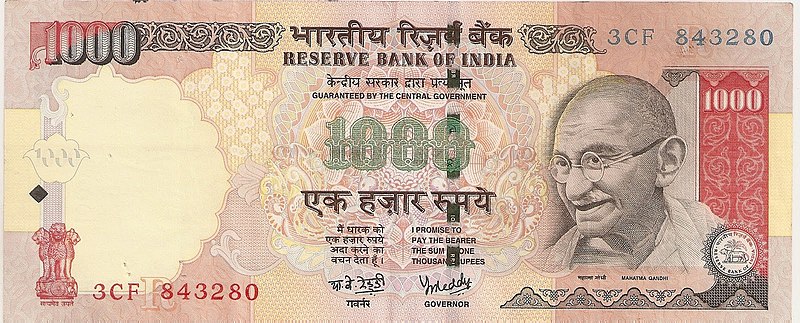In an unexpected move, the Reserve Bank of India (RBI) has hinted at the resurgence of the ₹1000 note. This revelation has sent shockwaves through the financial world. Let’s delve into what you need to know about this potential comeback and what it could mean for the economy.
In a surprising twist, the RBI, the central banking authority in India, has hinted at the possible revival of the ₹1000 note. This revelation comes after the note was demonetized in 2016. It has left citizens and economists curious about the implications of this potential reintroduction.
The ₹1000 Note’s Disappearance
The ₹1000 note was demonetized in November 2016 as part of the Indian government’s efforts to curb black money, counterfeit currency, and corruption. The decision, while well-intentioned, had significant ramifications. It led to a cash crunch, long queues at banks, and a temporary economic slowdown.
A Possible Comeback
The recent hints from the RBI suggest that a ₹1000 note revival might be on the horizon. However, the RBI has not confirmed this speculation, leaving many questions unanswered. If the ₹1000 note is indeed set to make a comeback, what could this mean for the economy?
Economic Implications
- Inflation Control: The reintroduction of the ₹1000 note could be aimed at better controlling inflation. Higher denomination notes can facilitate larger transactions, potentially reducing the demand for smaller notes. This could help in curbing inflation.
- Convenience for Transactions: Large-scale transactions in the formal and informal sectors may become more manageable with the ₹1000 note’s return. This could encourage businesses to shift from cash-based transactions to digital payments.
- Impact on Black Money: While the demonetization exercise in 2016 aimed to unearth black money, it had limited success. The return of the ₹1000 note could provide an opportunity to track and regulate large transactions more effectively.
Concerns and Criticisms
- Counterfeiting: Critics argue that reintroducing a higher denomination note might lead to an increase in counterfeit currency. This poses a significant threat to the Indian economy’s stability.
- Black Money Circulation: Some worry that bringing back the ₹1000 note could facilitate the circulation of black money once again, undermining the government’s previous efforts.
RBI’s Silence
The RBI has remained tight-lipped about the potential return of the ₹1000 note. This has led to speculation and uncertainty in the financial sector. While some are in favor of this move, others are apprehensive about the consequences it may bring.
Conclusion
The hints dropped by the RBI regarding the reappearance of the ₹1000 note have created a buzz in the financial world. As we await further developments and an official statement, it remains to be seen whether this move will have a positive or negative impact on the Indian economy. The reintroduction of the ₹1000 note is a matter of great significance, and its implications will be closely watched by economists, businesses, and the general public alike.






















